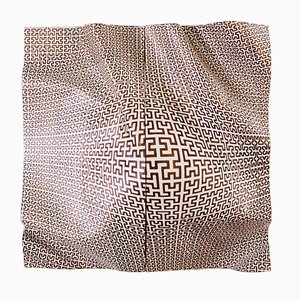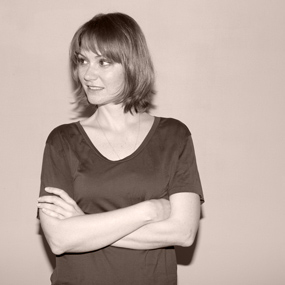Writer, editor, curator Annalisa Rosso champions design’s next chapter
The Futurists—Part 2
In celebration of the 2017 edition of Salone del Mobile—as the international design community scans the horizon for what’s new this year—Pamono is offering up a five-part series on emerging voices that are articulating a more thought-provoking design future. For our second installment, we pick the brain of Italian writer, editor, and curator Annalisa Rosso.
**********
Last year, as she was planning the latest Turin design festival Operae, Italian writer-curator Annalisa Rosso penned a manifesto. It's a practice not as common in this century as it was in the last. But as a long-time contributor to contemporary design discourse, she astutely recognized that this moment of great change requires reflection upon what we, in the design world, hope to achieve in the near future. Introducing her ten-point philosophical directives—which were aimed at both Operae's participants and the international design community—she wrote, “It is certain that designers have a key role in the fields of innovation, communication, and sustainability. But it must be acknowledged that they have an equally important position with regard to education, ethics, health, and social justice.”
Rosso’s audacious call for designers to courageously approach their work as political engagement struck a cord for so many reasons. For years now, contemporary designers have been searching for new business models as it's become clear that 20th-century definitions of design practice just don't apply anymore. Making a living as a designer has become an exercise in navigating the unpredictable benefits and pitfalls of mass production vs. self production; retail vs. gallery vs. internet platforms; new technologies vs. traditional crafts; and individuals are of necessity opting for very personalized paths according to the opportunites that arise (or not). Beyond the business of design, global humanitarian crises persist as nationalistic tendencies and political chaos are on the rise. Depending on where you look, it can feel like social and civic justice is falling out of fashion. Rosso's words, though, affirm the opposite: in the face our current state of uncertainty, each of us must decide whether we aim to help or hurt—there is no neutral stance—and each us are held accountable accordingly.
Since 2006, Rosso has written for international magazines like Elle Decor Italy, Corriere della Sera Living, Casa Vogue Brasil, Elle Decoration NL, and Wohnrevue. She’s even written a lovely piece about Carlo Mollino for Pamono. Her curatorial projects have been featured at Ventura Lambrate, Spazio Orlandi, and Pitti Immagine. And you can always find her at the international design scene’s most exciting events, intently pouring over the latest at Beijing Design Week, Dutch Design Week in Eindhoven, Downtown Design in Dubai, and ICFF in New York, among others. This year already she's done so much, including LOVE•&•HATE, a small exhibition in Milan co-curated with jewelry designer Valentina Romen that spotlighted unexpected materials and new aesthetics; jurying young desigers exhibiting at Design Parade 2017 in Hyères; and Design Connections, her TEDx talk in San Giovanni in Persiceto about design interactions. Her great success with the 2016 Operae means we'll likely be seeing her work there again in the future.
On the eve of the 2017 Salone del Mobile, we reached out to Rosso to learn more about her perspective on today’s design field and her hopeful vision for the future of design.
WC: How would you characterize the current state of design, and where do you see it going in the next 5-10 years?
AR: We know that design is everywhere; this is a sign of our times. But something that especially characterizes this moment, in my opinion, is the collaboration among designers and other disciplines—bio-sciences, engineering, economics, etc.—which is revealing new borders we need to cross. We will see the results of this research in the near future, and the intersections among different branches will increase. I would love to see a new generation of problem-solvers, not only interested in the development of a individual products, but also contributing to a more inclusive and fair global perspective.
WC: What do you believe the contemporary design world and its practitioners need, and what role do you hope to play in fulfilling those needs?
AR: With great power comes great responsibility, so I think the contemporary design world needs courage to make the right choices. I'd like to contribute to the diffusion and proliferation of design culture without taking anything for granted, starting from the bottom. My main goal is to define and challenge the design status quo by writing and curating in the clearest way possible, so it's understandable by everyone without minimizing the topic, spreading the message among the largest—even non-professional—audience.
WC: How would you define critical design for those who are not familiar with the field?
AR: I would say that critical design is about thinking, rather than producing objects—a conceptual approach that challenges the status quo by provoking conversation, asking questions, and drawing out solutions. Critical design aims to push the limits of conventions and stimulate debate—which is very healthy, especially at present. In Italy, we have a certain experience with this way of thinking, thanks to Radical Design—Memphis Group, Alchimia, Cavart, Global Tools, etc. A political awareness and a great sense of responsibility toward this historical moment should be rediscovered along with a new aesthetic.
WC: What about the need for design critics? How do you see the field of design improving if there were more serious, critical voices out there?
AR: Design critics need more independence, more free spaces. An independent critic can stimulate a fruitful debate and, above all, promote the meritocracy, which allows the field to avoiding drifting into confusion.
WC: Can you talk a bit about Operae—how the project originated, how it turned out, what you learned?
AR: Operae is an independent design fair that is held in Turin during a week dedicated to contemporary languages (art, graphic design, electronic music, etc.). I was the curator of this latest edition, in the first days of November, entitled Designing the Future. We selected a group of 33 international designers, focusing on the effects that their work will have on the future. And for the first time, the fair had a section dedicated to contemporary design galleries, along with two special projects—Zaven’s Trecentottanta: Appunti sull’antica Università dei Minusieri (Three-hundred-and-eighty: Notes on the Ancient University of Minusieri) and Piemonte Handmade—that offered new perspectives on craftsmanship.
There was strong desire among different characters of the design world to be part of an inclusive, collective reflection; an articulate debate to be developed inside the community. And I discovered with pleasure that courage, sensibility, and a sense of responsibility are—almost always—an integral part of the new generations of designers’ work. I think we are moving in this direction.
WC: What about the costs of high-level, high-concept design? There are so many supporters of cutting-edge design who don’t take the steps to buy (or invest) because the price is out of reach or misunderstood. Can you give any advice or perspective on this?
AR: I would prefer to speak about misunderstandings rather than prices out of reach. We are talking about objects that have not just a function, craftsmanship, and aesthetic, but also history and meaning—both design and concept. When you buy something like that, you become part of a research path, which involves materials, technologies, and culture. It is a question of habit and education, and I think that things are changing quickly from this point of view. For a collector—and not only for collectors—to buy a new name and discover new research in the field of contemporary design can not only bring great satisfaction and an individualized way to own an object, but can also be less expensive and more experimental than buying art or luxury fashion.
WC: Can you cite peers whom you particularly admire; that is, others working in the field of supporting contemporary design in way that you think is noteworthy and/or effective?
AR: I especially admire the work of independent design curator Maria Cristina Didero. Truly passionate, she is one of the best observers of the design world I have ever met. More than this, her sharp point of view makes no compromises. I am also impressed by Martino Gamper’s free way of thinking, especially In a State of Repair, his project that brought craftsmen to repair broken stuff in front of the department store La Rinascente during Salone del Mobile a couple of years ago. And I appreciate the brilliant research of a group of remarkable design galleries like Camp Design Gallery, Etage Projects, Victor Hunt, and Carwan Gallery.
WC: What are you looking forward to most at Salone this year?
AR: I am looking for design’s intersections with other disciplines. The work of Snarkitecture, for example, with its architectural-scale at Valextra Boutique in via Manzoni. Or the collective exhibition Mindcraft, curated this year by Henrik Vibskov, close to the fashion world. And for the connections between industrial design and collectible design. I can't wait to see the new lamp designed by Celia-Hannes for Petite Friture; I knew their work through the Great Design Gallery in Paris. I am also always interested in projects that show progressive research steps—for example, I expect the ideas developed for the Lexus Design Award will continue to be stimulating. I definitely won’t miss Curating Beyond the Collection, the symposium organized by& Design Academy Eindhoven's Design Curating and Writing Master department with speakers like Paola Antonelli, Aric Chen, Matylda Krzykowski, Justin McGuirk, and Alice Twemlow. Above all, I am looking forward to comparing my points of view with the most brilliant minds of the worldwide design community.
And, in case you missed it in November, here’s Rosso’s Designing the Future Manifesto:
—It is necessary to make choices to shape the future, appealing to conscience and courage.
—This entails taking on our responsibilities, in a political act with great awareness.
—If anything is design and anybody can produce it, it is also true that not everyone is a designer. Specific skills are needed.
—Good designers must have an overall view to understand the complex infrastructures and the whole system revolving around the project.
—A multidisciplinary approach leads designers to work with experts of different subjects, thus widening their scope.
—It is dangerous to forget about what already happened. It is necessary to build a bridge between the present and the past in order to understand the here and now and its repercussions.
—The geography of design is no longer just driven by companies and productions. Schools give an endemic character to research. The territory regained a central role, also thanks to local materials and resources.
—Designers have a key role in the scientific and technological revolutions we are living.
—Debate is vital. It is necessary to pose the right questions. Keep a critical attitude, and work on the diffusion of the design culture.
—Human beings consistently have a vital role. Design has ceased to serve industry. It has ethical, social, and cultural implications. Although this does not determine an a priori positivity.
* The first story in our Futurists series profiled Camp Design Gallery. Stay turned for more in this series, including design collective Form&Seek, David Heldt of Connecting the Dots, and Lou Weis of Broached Commissions.
-
Text by
-
Wava Carpenter
After studying Design History, Wava has worn many hats in support of design culture: teaching design studies, curating exhibitions, overseeing commissions, organizing talks, writing articles—all of which informs her work now as Pamono’s Editor-in-Chief.
-
More to Love
Gothic Panorami Mirrors by Zaven, Set of 3

Wings Coffee Table by Nigel Coates

Stag Dining Table by Nigel Coates
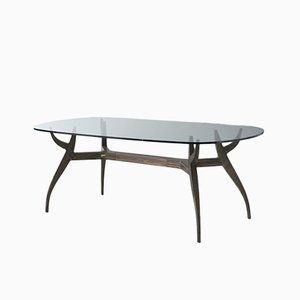
Pointer Coffee Table by Nigel Coates
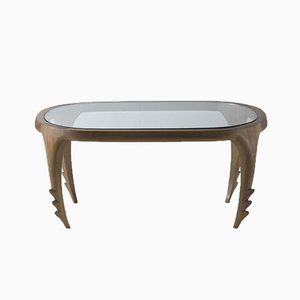
Domo Chair by Nigel Coates

Domo Coffee Table by Nigel Coates

Domo Dining Table by Nigel Coates

Picco Lounger by Nigel Coates
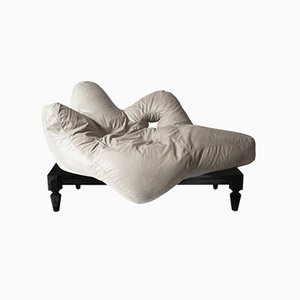
Back to Back Sofa by Nigel Coates
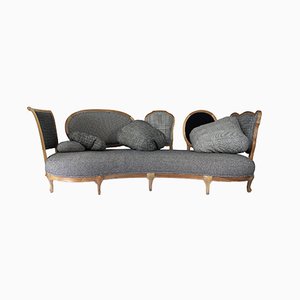
Crusty Dining Table by Nigel Coates
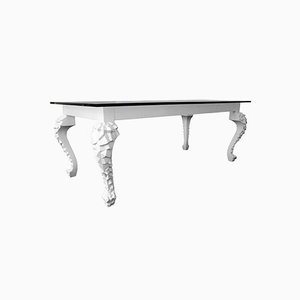
Click Clack Dining Chair by Nigel Coates
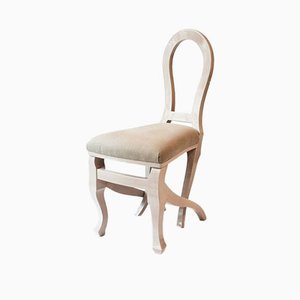
Struzza Lounge Chair by Nigel Coates
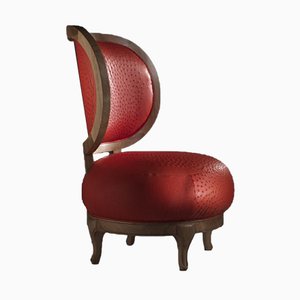
Una - Articolo Indeterminativo Table by Stefano Marolla for Secondome, 2016

Una - Articolo Indeterminativo Chaise Lounge by Stefano Marolla for Secondome, 2016

Una - Articolo Indeterminativo Buffet by Stefano Marolla for Secondome, 2016
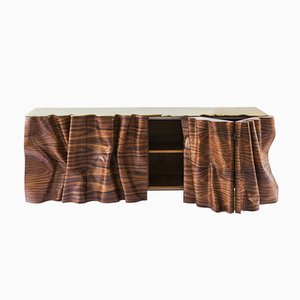
Utiles Large Vase by Sam Baron
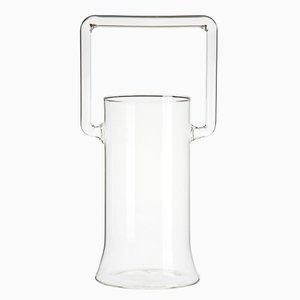
Carry Artids Bucket Vase by Nigel Coates
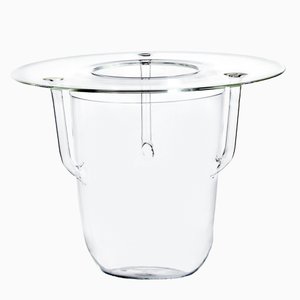
In the Air Plate by FX Balléry
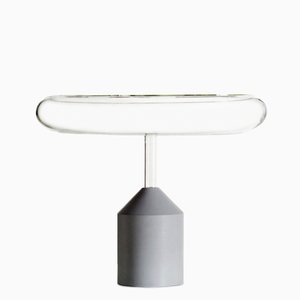
In the Air Vase by FX Balléry
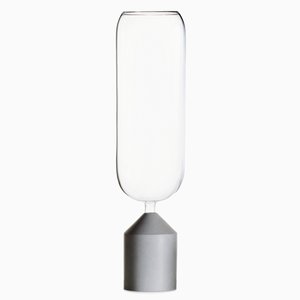
In the Air Bowl by FX Balléry
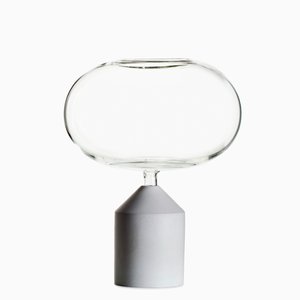
Futiles Carafe (Small) by Sam Baron

Futiles Carafe (Large) by Sam Baron
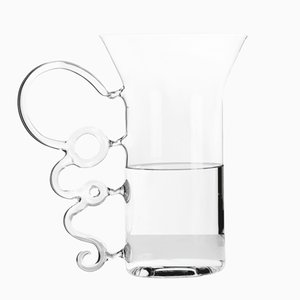
Futiles Vase by Sam Baron
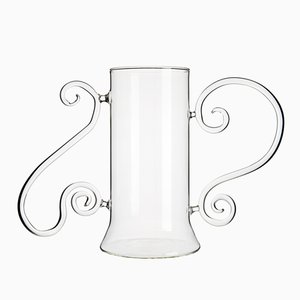
Futiles Fruit Bowl by Sam Baron
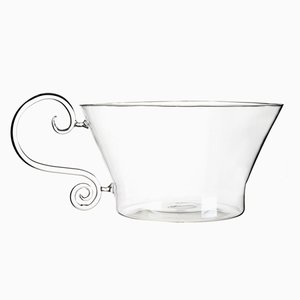
Utiles Large Water Jug by Sam Baron
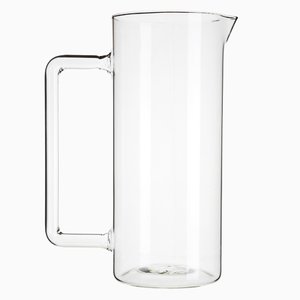
Utiles Double Handle Carafe by Sam Baron
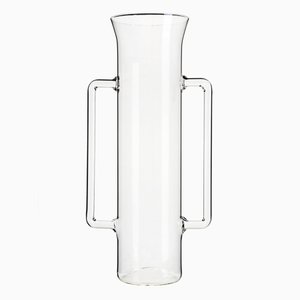
Utiles Fruit Bowl by Sam Baron

Utiles Salad Bowl by Sam Baron
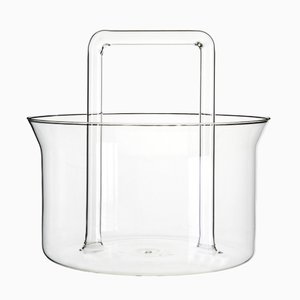
Utiles Serving Dish by Sam Baron

Utiles Medium Water Jug by Sam Baron
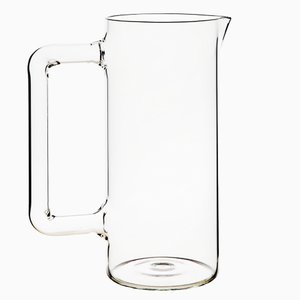
Una - Articolo Indeterminativo Bar Cabinet by Stefano Marolla for Secondome, 2016
